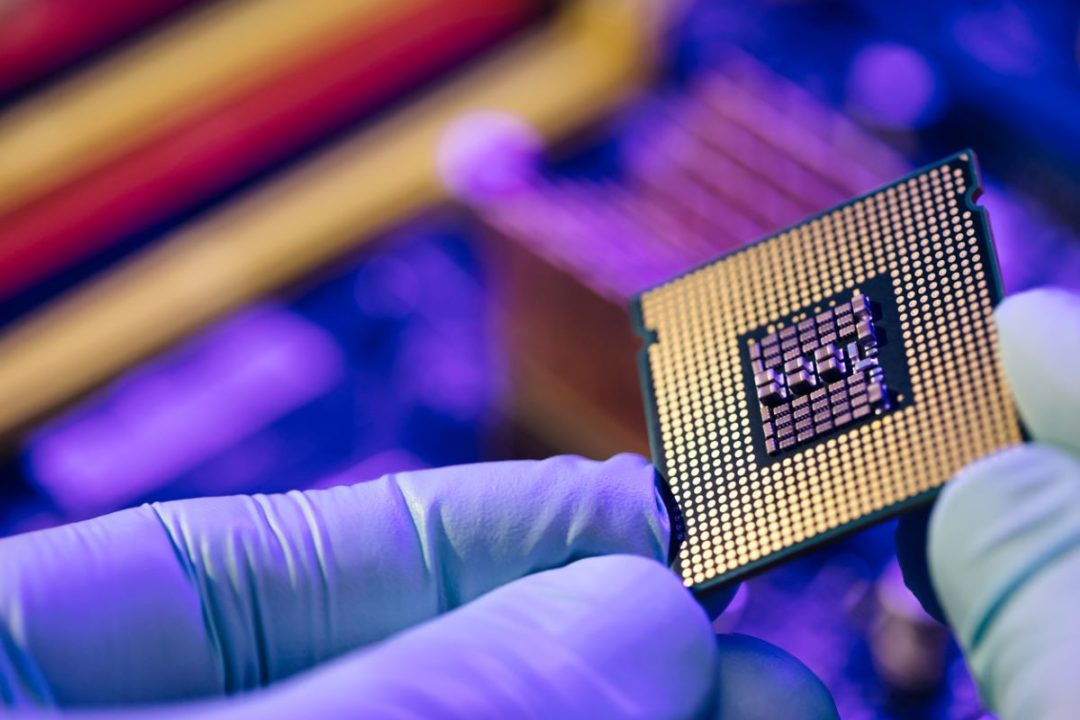
Over the past two years, unprecedented global events and rising inflation have focused the world’s attention on the supply chain ecosystem like never before. Nowhere have these shifting dynamics been brought into sharper view than in the semiconductor market.
Demand for semiconductors has never been higher, and Deloitte projects chip purchases to grow by a record 10% globally in 2022, to $600 billion. Coupled with the historic semiconductor shortage estimated to last well into 2024, the cornerstone of manufacturing components from electronics to medical devices to automobiles appears to have a crack in its foundation.
There is some good news — industry and the U.S. government alike are responding to the gap between semiconductor supply and demand. On August 9, President Biden signed the CHIPs and Science Act of 2022, a $280 billion bill designed to help mitigate the impact of disruption in chip production.
Manufacturers are reassessing their strategies to support a migration from just-in-time inventory management models and offshore production. According to the Kearney 2021 Reshoring Index, 92% of surveyed CEOs view reshoring positively, and a growing number of manufacturers are reshoring and constructing manufacturing facilities across the U.S.
Another action manufacturers are taking is the purchase of large quantities of chips to help insulate their production cycles from future disruptions. Following are two additional steps they should consider to optimize production and working capital.
Consider the advantages of advance purchasing chip inventory. Given the high demand for chips and volatility of the semiconductor market, stockpiling of supply is becoming a more widespread tactic for manufacturers. The large volume purchase of chips is an ideal solution for multiple manufacturing scenarios, including products with standard production cycles such as electronics, bulk orders necessary for end-of-life production, and products with longer lifecycles requiring extended service support. In addition, stockpiling helps manufacturers safeguard against lead-time delays and ensures disruption-free manufacturing throughout the production cycle.
There are also financial benefits for manufacturers who elect to stockpile chips. Bulk purchasing safeguards chip inventory against component price inflation, particularly where the same chips are in demand across multiple industries, and each additional round of chip production entails increases in price and delivery times. Advance buffer stock purchases also open the door to purchasing discounts not available in a just-in-time-inventory model.
Deploy the optimal solution for chip storage. Once manufacturers purchase chips in bulk (which often requires an inefficient use of working capital), they must determine the optimal storage solution to protect their semiconductors. Chips are delicate and sensitive to environmental factors such as temperature and humidity. Storage in the wrong environment may cause irreparable damage and a complete investment loss.
Some types of semiconductor chips are often delivered in trays inside vacuum-sealed packaging, and typically require a more sophisticated fulfillment and warehousing environment than what’s available in many storage facilities. In addition, the chips and some electronic components (including sub-assemblies) must be maintained in a cooled environment. This eliminates a high percentage of manufacturing and third-party logistics companies with storage areas that aren’t air-conditioned or humidity-controlled.
Manufacturers in this scenario have a few options. The first and generally most expensive one is investing in significant and often time-consuming upgrades to their own infrastructure to store the chips. The other is aligning with electronics manufacturing service (EMS) partners or other facilities with the appropriate temperature-controlled environment and experienced staff with the training and expertise to handle semiconductors.
In either case, the storage facility should maintain appropriate environmental controls for humidity and temperature, and meet industry and regulatory standards for quality management, efficiency and customer satisfaction, including ISO 9001 and AS9120B.
Inflation and the supply chain disruptions that are fueling the semiconductor shortage will likely continue into the foreseeable future. However, manufacturers that draw on alternative financing and storage options for protecting their semiconductor investment and maintaining their production commitments are well-positioned to meet these challenges.
Dennis Menefee is co-founder, president and chief executive officer of Partstat.







